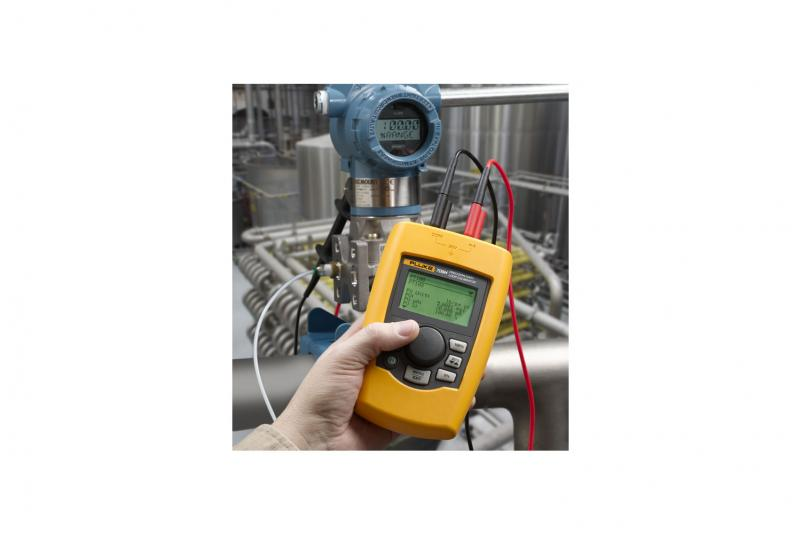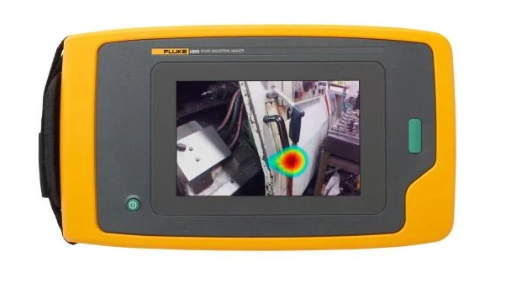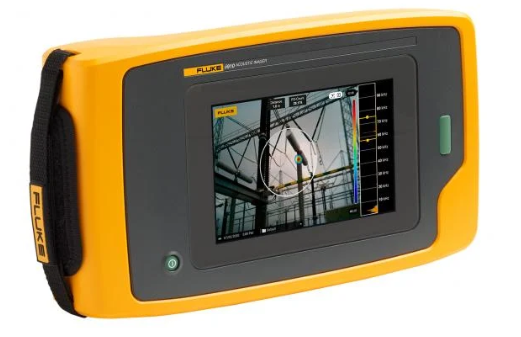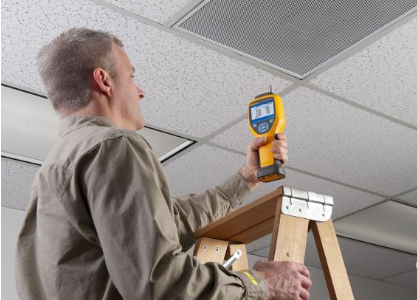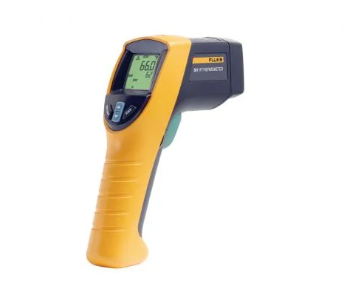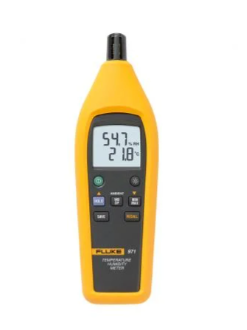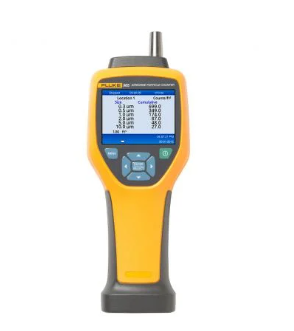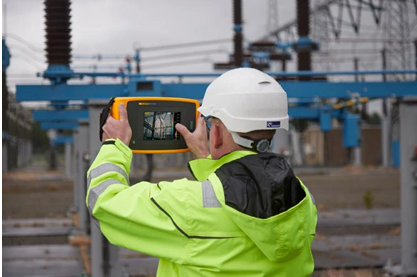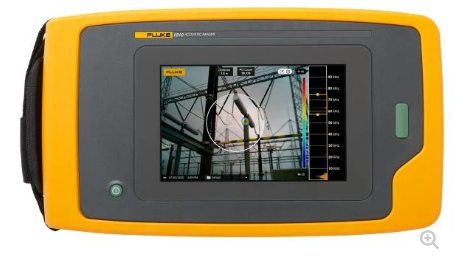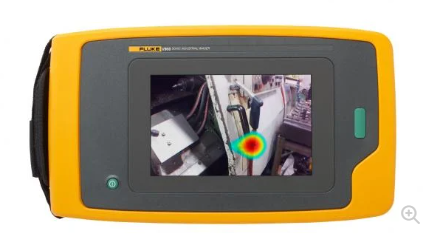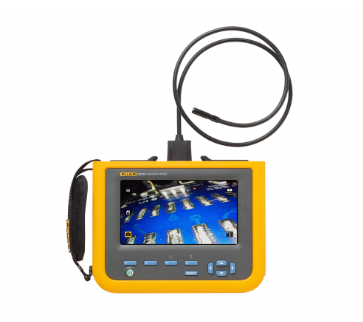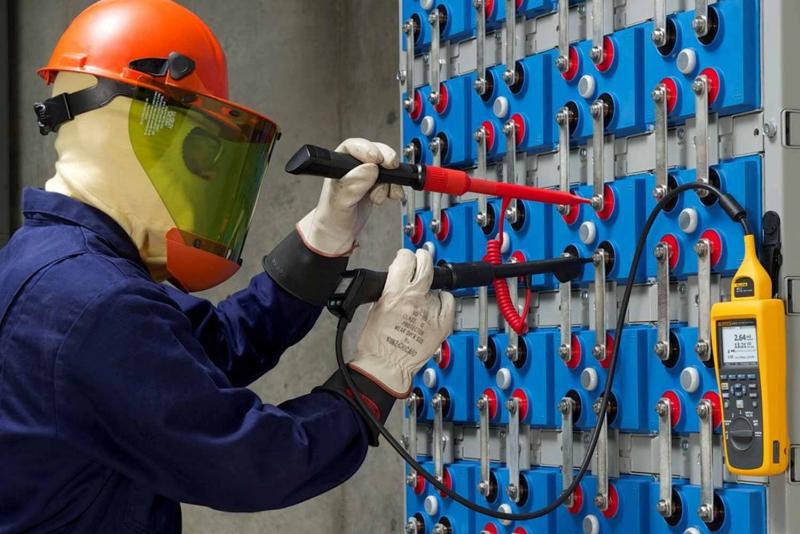How Important is Maintaining Your Control Valves?
Like any other mechanical or industrial process, maintaining your control valves also play a big role in keeping the quality of the process at its peak condition. But keep in mind that there are different kinds of valves that can be seen in most mechanical counterparts. Today, we’ll be talking about the control valves.
To give you a brief idea, control valves play an active role in any industrial plant. They act as the “backbone” seeing as they are responsible for most flow and movement of things. These parts control the pace of fluids, chemicals, gas, and steam. These components are all vital parts of making an industrial plant work. This alone makes maintaining your control valves an important factor in the maintenance department.
What are control valves used for?
Aside from the ones mentioned above, control valves entail a heavier purpose in the process. They are responsible for product quality, maintenance, and safety. Keep in mind that these are also important factors when running an industrial plant, and control valves help promote these elements to perform well. With that said, let’s take a closer look at how control valves promote the product quality, maintenance, and safety of industrial plants.
Product Quality
What entails high-quality products are a flawless process execution. If there are any hiccups or mishaps that happen with a well-oiled process, then this will impact the quality of the products. Hence, the importance of perfectly functioning control valves. Let’s just say if one of the elements gets affected, then this impacts the entire process completely. It may have a chance to be a problem with product quality as well.
Maintenance
Every mechanical instrument whether it be as small as gadgets or as big as industrial plants, every one of them needs maintenance to ensure optimum performance for years and years to come. Now come to think of it, control valves are actually one of the most important aspects of processing. This knowledge is sometimes even neglected by most electrical engineers. But as we’ve mentioned above, control valves also play a very important role in industrial plants as they hold and control the pace of fluids, chemicals, gas, and steam. If not maintained well faulty control valves has the capacity to damage the industrial plant’s bottom line. With this said, daily maintenance checks are preferred to ensure that they are working well with the entire industrial plant process.
Safety
They say that the littlest things make a huge impact, well this also applies to control valves. Control valves are also key holders for safety in the industrial field. Loose screws may lead to explosions, high temperatures are also deemed unsafe, and low-temperature levels may create defective products.
Control valves: The possible problems
Like all matters of electricity and technology, control valves are also susceptible to faults. Control valves, when plagued with the most minor errors can become big problems in the long run. When the fault is part of an entire process then it may easily affect the performance of the whole. Remember, control valves are an important part of the process and are needed to function more precisely the entire day. Here are some of the possible control valve problems that you need to watch out for…
- Cavitation
- Flashing
- Erosion
- Valve leakage
- Choked flow
- Stiction
- Hysteresis
- Deadband
- Valve noise
Preferred maintenance strategy for control valves.
Fluke specializes in maintenance tools and test tools. If there’s a preferred maintenance strategy to apply in control valves, it’s definitely with the use of Fluke Precision Loop Calibrator. You’ll never know how accurate and handy Fluke tools are when it comes to analyzing faults and problems. This is an all-in-one tool to analyze quickly and efficiently any going on in your machines or in this case, your control valve.
However dependable Fluke tools are, there will always be other best ways to maintain your control valves. One of the best ways is to continuously monitor and document the performance of your control valves every time you do maintenance testing. This way, you’ll be able to take note of any changes and adjustments made.
Get your Fluke tools through an authentic source!
Hey, you made it to the bottom! Are you currently looking for the best-performing test tools in the market to run daily maintenance checks on your machines? You’re in luck cause Presidium PH is an authorized distributor of Fluke test tools in the Philippines. Prevent these faults from penetrating your machine by using the best test tools there are!
If you want to know more about Fluke tools and their functions, visit our website for more info! This is a one-stop shop for the best test tools within Metro Manila.
Sources:
- https://www.fluke.com/en-ph/learn/blog/calibration/assessing-control-valves-and-their-performance
- https://www.fluke.com/en-ph/learn/blog/calibration/control-valve-positioners
- https://www.wermac.org/valves/valves_control-valves_principles-of-operation.html
- https://automationforum.co/what-are-the-problems-in-a-control-valve-and-how-to-do-the-troubleshooting-and-maintenance-of-a-control-valve/
- https://www.dombor.com/101-guide-to-control-valve-troubleshooting-and-maintenance/

